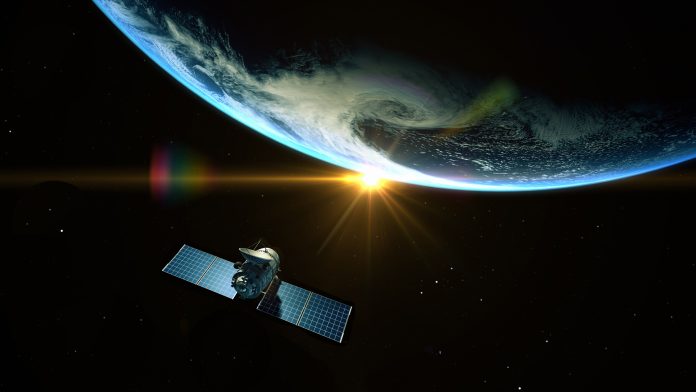Two German research teams are collaborating to develop small satellite innovation with the help of award winning technologies.
The research teams of Professors Sergio Montenegro, University of Würzburg, and Enrico Stoll, Technical University of Braunschweig, Germany, intend to create a smaller, more cost-effective satellite.
What technology will be used?
Funding from the German Federal Ministry for Economic Affairs and Energy will facilitate the use of high-tech systems to further innovation in small satellite technology. Smaller satellites will reduce the cost of launch whilst also reducing the likelihood of overcrowding in space.
Wall#E
Developed at the Institute of Space Systems in Braunschweig, the innovative technology ‘Wall#E’ is a special fibre-reinforced structure for satellites. In order to maximise space, Wall#E has a dual purpose: storing electrical energy and supporting structure of the satellite.
“This type of battery allows a significant reduction in the mass and volume of a satellite while maintaining the same performance,” says Professor Stoll.
Skith
‘Skith’ is a wireless satellite infrastructure originating in Würzburg, Germany. By enabling data transmission with ultra-broadband radio, Skith eliminates the internal cabling of the satellite components. Skith also reduces mass, complexity and integration effort.
“The low signal strength of the radio modules means that the highly sensitive instruments on board the satellite are not disturbed,” explains Professor Montenegro.
The Wall#E and Skith technologies are both winners of the DLR INNOspace Masters competitions. The development of these technologies was supported in separate projects by DLR Space Agency with funding from the German Federal Ministry for Economic Affairs and Energy.
2023 launch
The team’s INNOcube, integrated with Skith and Wall#E, is expected to be launched into orbit in 2023. Weighing around four kilograms, the satellite will orbit the earth at an altitude of 350 to 600 kilometres.
The subsequent findings are to be incorporated into both terrestrial and space-related technologies. The combination of Skith and Wall#E could enable the construction of aircraft with fewer cables and energy storage in their outer walls, potentially assisting the commercialisation of electrical aircrafts.









